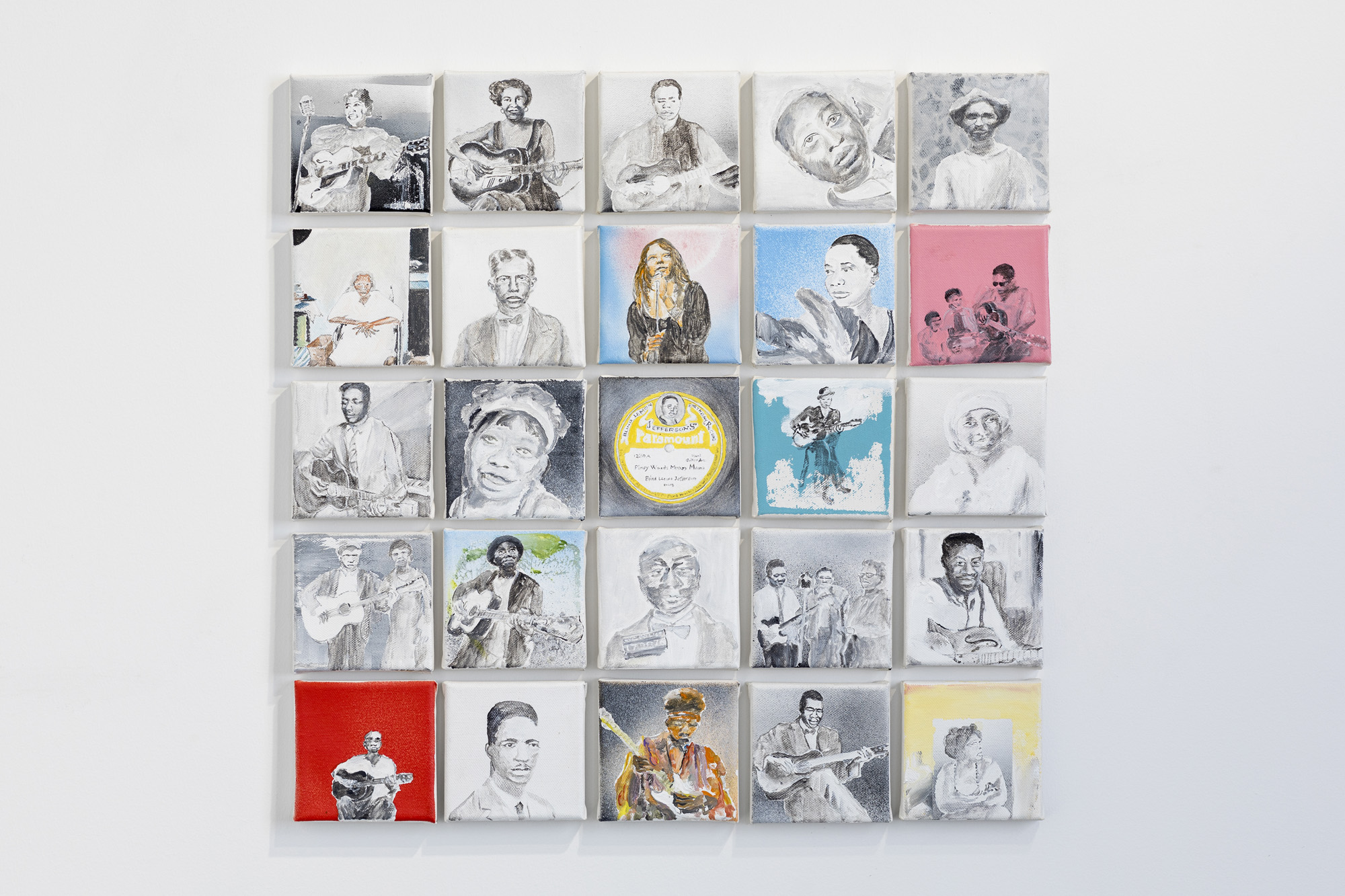Exhibitions
April
In memory of stars
Naarm/Melbourne, Australia: Tolarno Galleries is pleased to present Amos Gebhardt’s new exhibition, In memory of stars.
This exhibition expands on Gebhardt’s recent large-scale lightboxes from the same series installed along the Birrarung (Yarra River) for PHOTO 24. Notably, the work ‘Wallaby’, presented in this exhibition, also won the prestigious William and Winifred Bowness Photography Prize in 2022.
“Western cosmologists say bones are made from material traces of incredibly rare, calcium-rich supernovas, which are the explosive death and afterlife of unique stars,” says Gebhardt.
“In memory of stars contemplates lost futures created by ongoing colonial impacts in the form of native animal bones sourced from veterinary and scientific archives.”
Gebhardt’s glowing images delineate the exquisite skeletons of seven native animals killed on Wadawurrung country and oceans off the coast of Australia.
They are arrayed as seven lightboxes on one wall of Gallery 1 in a spiralling sequence of ghost-likehauntings: wallaby, speckled maskray, possum, flounder, cockatoo, moray and dragonfish.
“These works interweave X-ray technology with elements including satellite and long exposure photography of the night sky on Wadawurrung country, where the land animals were found,” says Gebhardt.
“This involved the layering of light frequencies so small they pass through skin, and others so vast they began millions of light years away.”
Gebhardt’s detail-rich lightboxes invite close inspection, revealing information not visible to the naked eye as a way to speak to colonial violences that may be deliberately hidden or erased.
“The architecture of these skeletons are visually complex and wondrous,” says Gebhardt. “While some remain intact for the purposes of scientific exploration, others reveal injuries from technologies such as lawnmowers, fish-hooks, vehicles and firearms.”
“I’m interested in the way dominant societies are haunted by that which they attempt to erase. By enhancing the luminosity of these once animated bones with elements such as fire, smoke, stars and cloud, the work suggests the entangled lines of connection between cosmology, trauma and sentience,” says Gebhardt.
Amos Gebhardt would like to thank the Wadawurrung Traditional Owners Aboriginal Corporation, the Wurundjeri Woi Wurrung Cultural Heritage Aboriginal Corporation and Dr Paola Balla for their generous time, knowledge sharing and consultation.
Thank you to Kane Wilson and the CSIRO for their support and generosity. Marine archival documents courtesy of CSIRO.
This series was supported by Arts South Australia.
Pictured above: Amos Gebhardt, Wallaby, 2023, detail
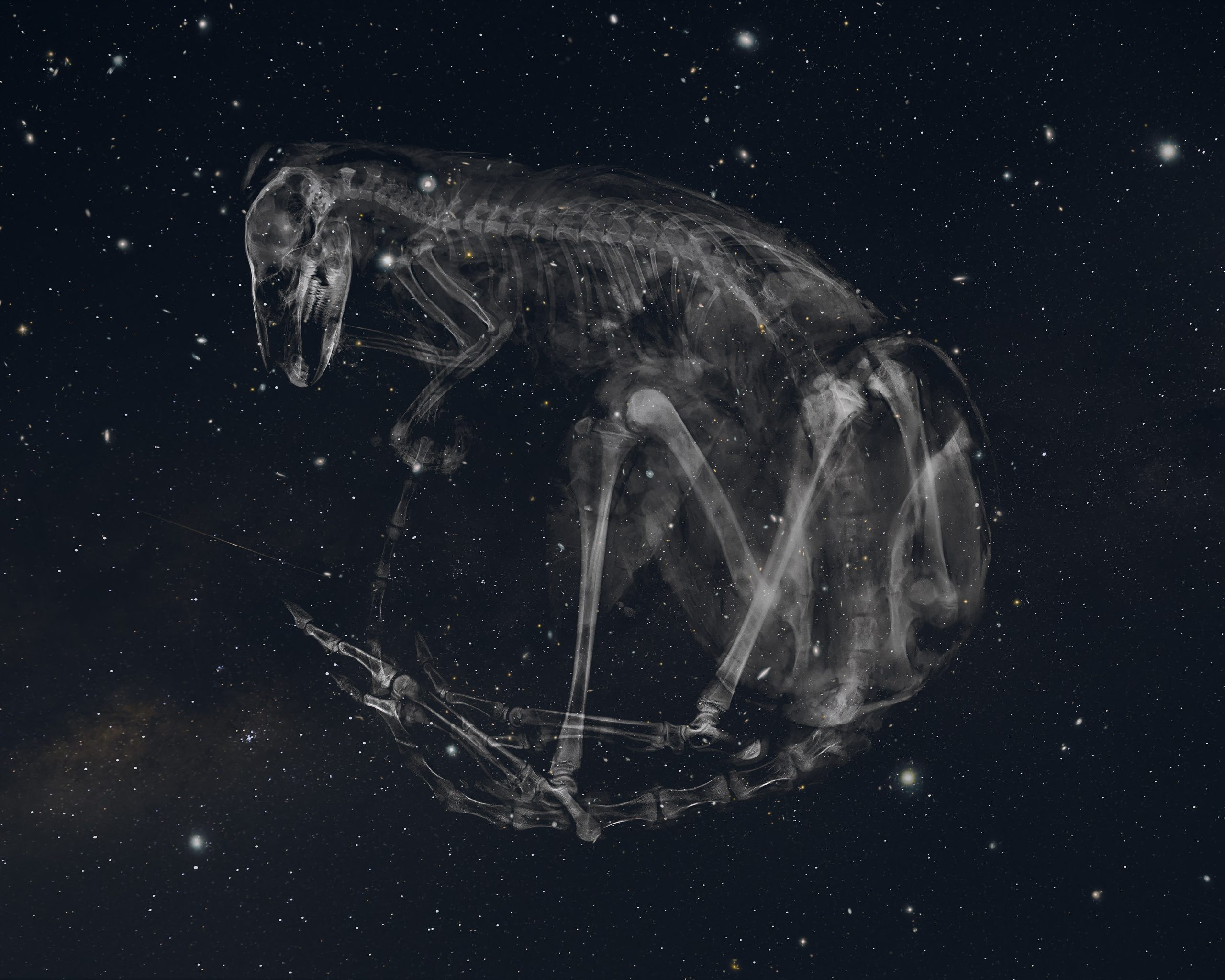
March
swansongs
In this exhibition, Laing prints on the materials of our renovated lives: acrylic used for splash backs and lightboxes; high end packaging used in retail displays; fluted cardboard used for packaging. This truth to recycled materials provides a further level of insight into swansongs: life’s waste coalesces with life’s losses. The time has come to work with what remains and that which survives.
Presented as part of
PHOTO 2024
GALLERY 1
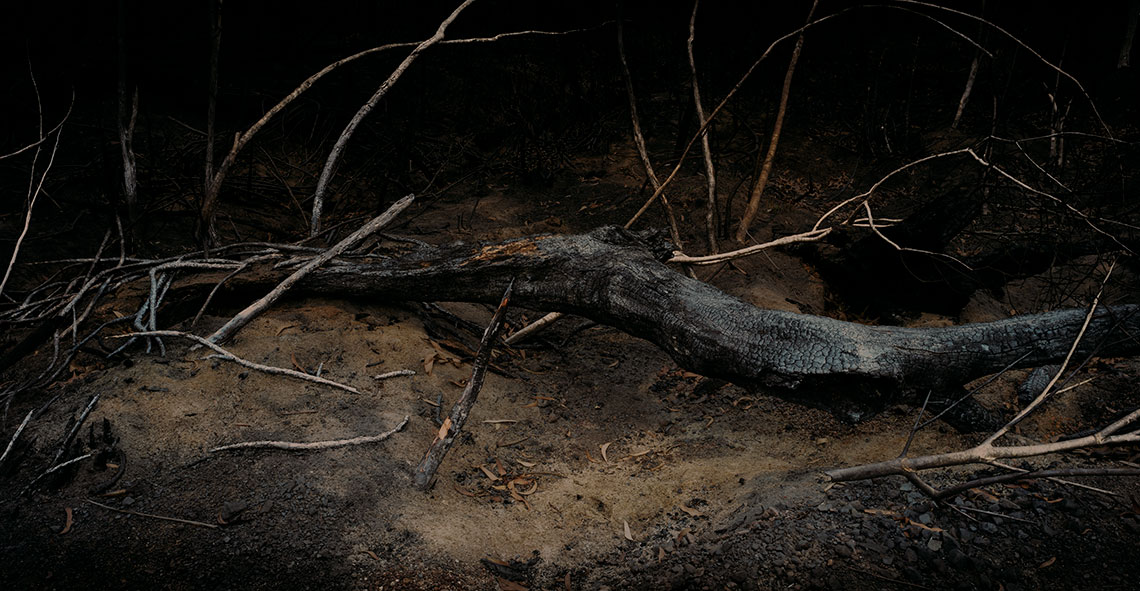
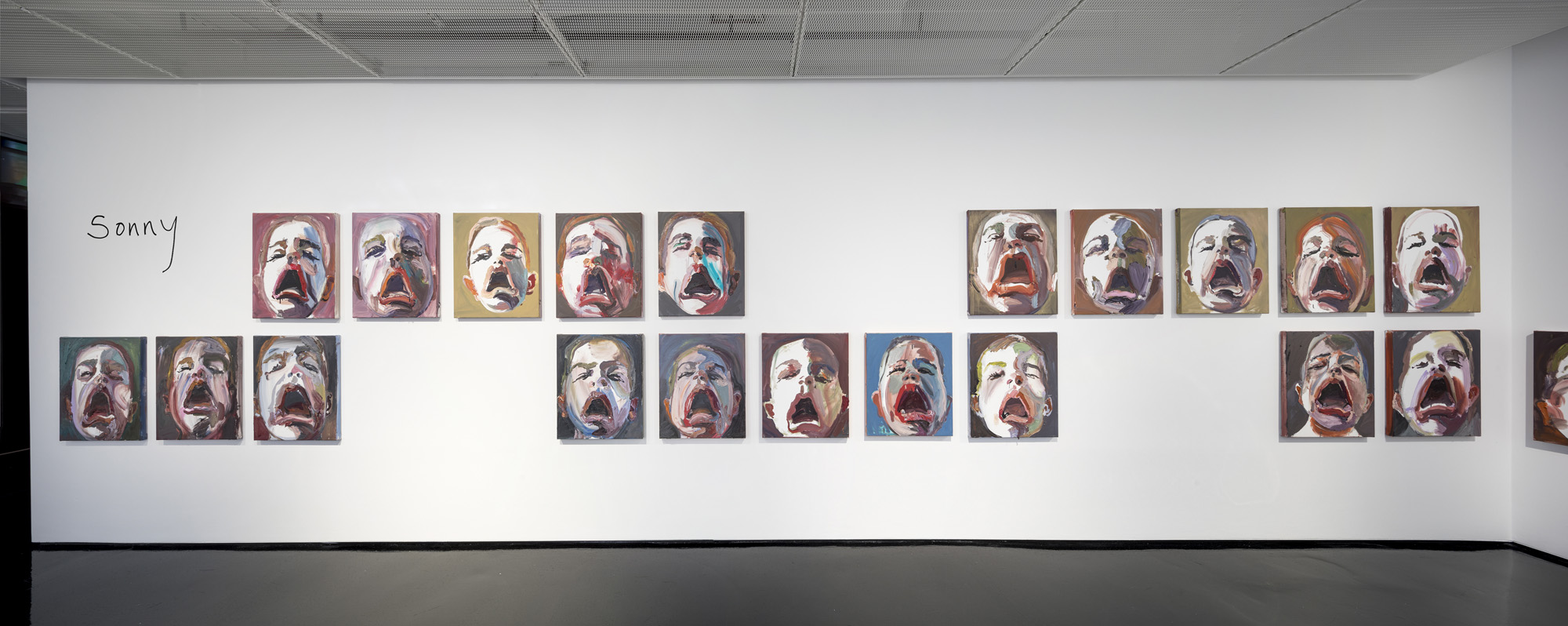
February
2024
February
FLYING OUT (FIRECRACKER)
Flying Out (Firecracker)
featuring
Hannah Gartside
Guruwuy Murrinyina
Georgia Spain
Justine Varga
Elizabeth Willing
“… five distinct voices, but they share a quality found in the most special art, where the works exist in excess of themselves, overflowing with feelings, ideas, stories and desires. Yet the right to this aesthetic intensity for women was never a historical given. As art critic Jennifer Higgie makes clear in The Mirror and the Palette, for hundreds of years women artists fought for the space and time to fulfill their curiosities and drives—it’s a lineage that leads to exhibitions like Flying out (firecracker).”
Tiarney Miekus 2024
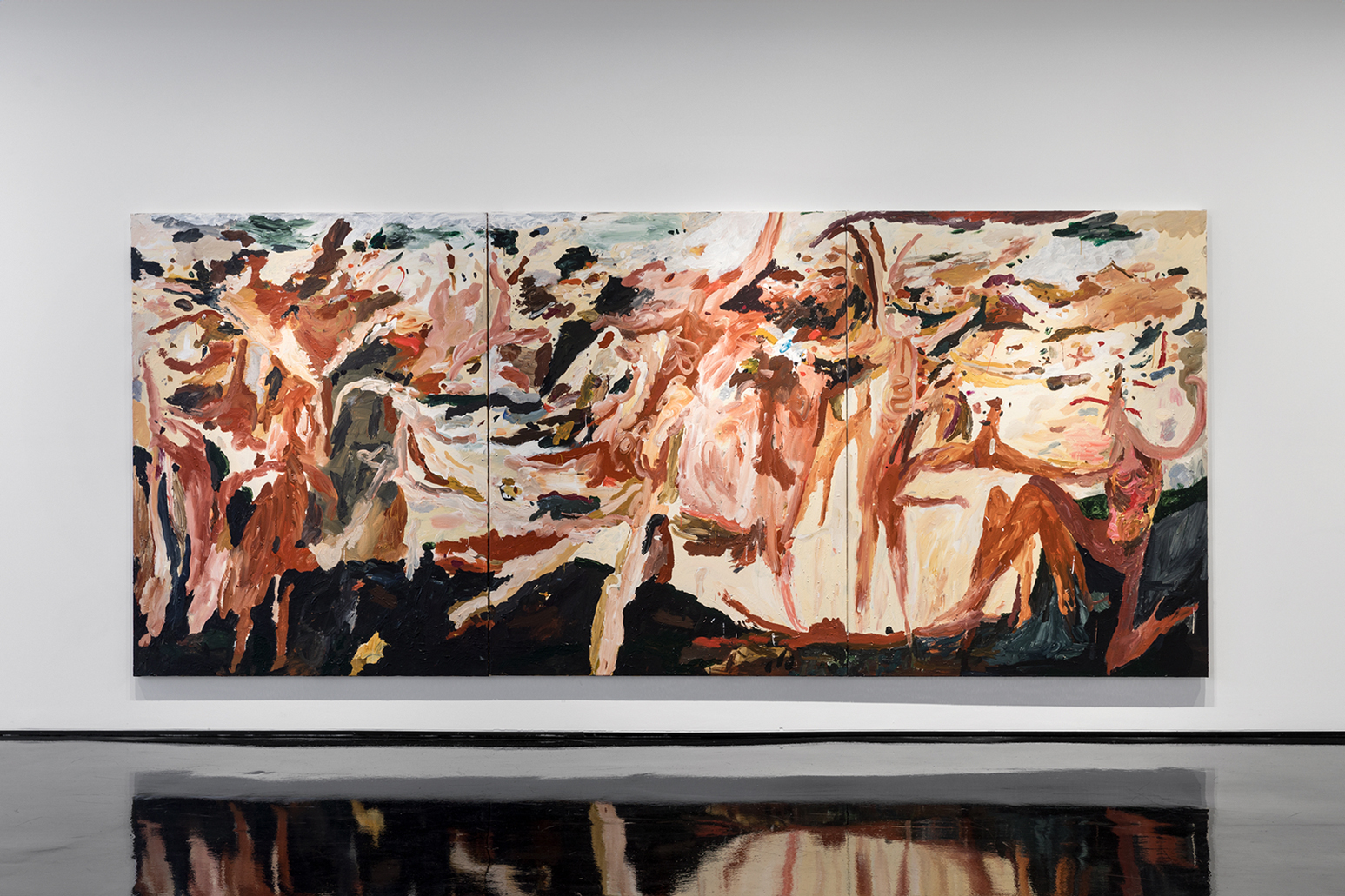
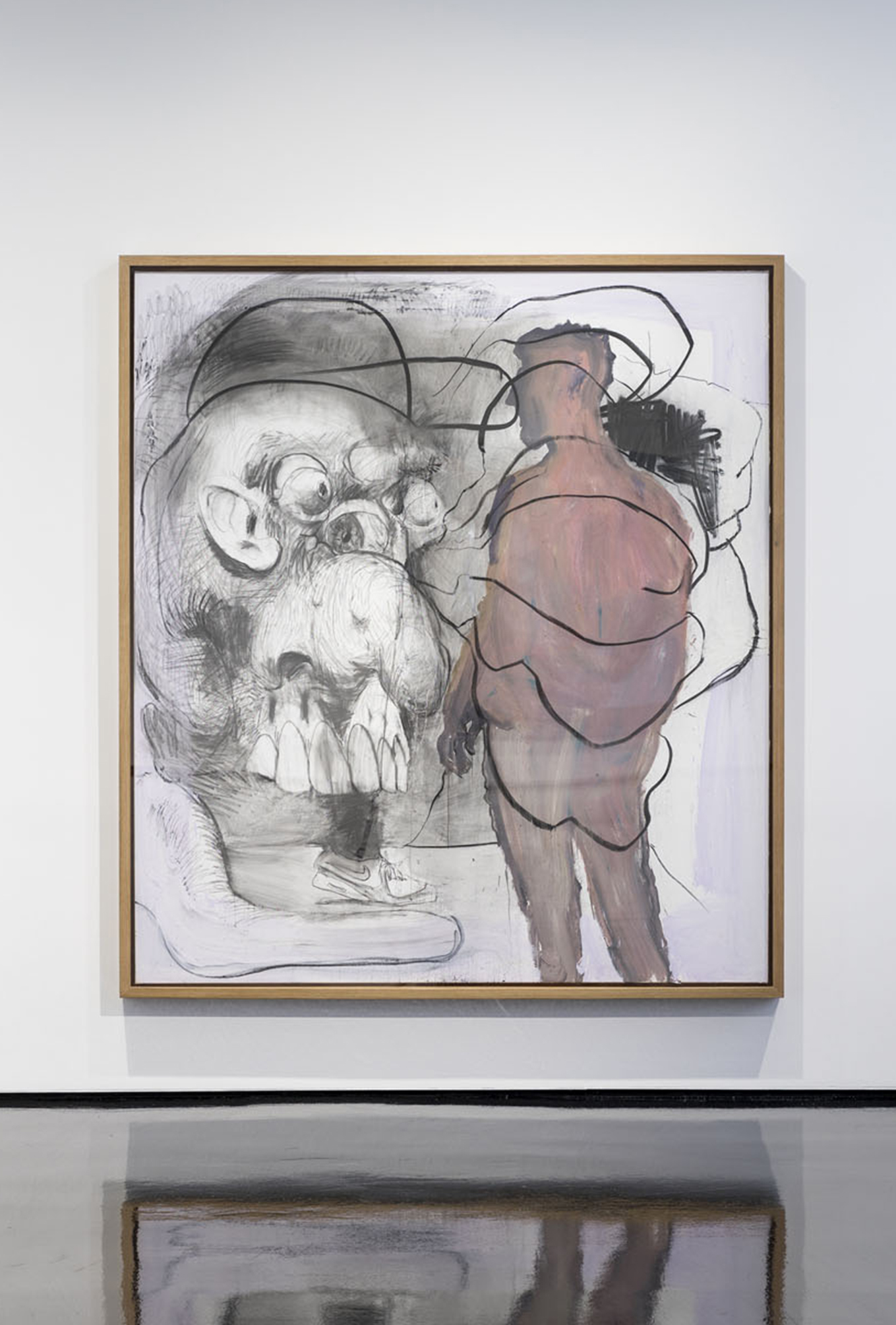
November
Hi-Fi, Lo-Fi
Hi-Fi, Lo-Fi is Tim Maguire’s 16th solo show with Tolarno Galleries, a partnership that celebrates its 30th anniversary this year.
Started in 2005 and re-visited in 2023, the earliest painting in the exhibition stands at the Lo-Fi end of the fidelity spectrum.
At the Hi-Fi end, is the exhibition’s tour de force: Untitled 20230201. Measuring 212 x 404 cm, it has a purity of colour and a clarity similar to computer screens and digital photography. This widescreen work is a stunningly detailed reproduction of a passage taken from Jan van Huysum’s Still Life with Flowers and Fruit, c. 1715, in the collection of the National Gallery of Art in Washington, DC.
I could never have painted this work based on the source imagery that was available in the 1990s, says Tim Maguire.
My early Dutch flower paintings were very lo-fi, in part because the reproductions I was relying on were poor, taken from postcards or books.
The new paintings are a product of the high-resolution reproductions now available. They are a far cry from the dimly lit, heavily varnished and poorly reproduced paintings that were my starting point in the 1990s.
Early on, I applied paint loosely with big brushes and splashes of solvent. Those paintings were about breaking down the image as much as they were about building it up.
Accompanying the paintings in Hi-Fi, Lo-Fi, are 24 prints from Maguire’s ongoing Dice Abstracts series, first shown at Tolarno Galleries in 2019 and in New Australian Printmaking at NGV in 2022.
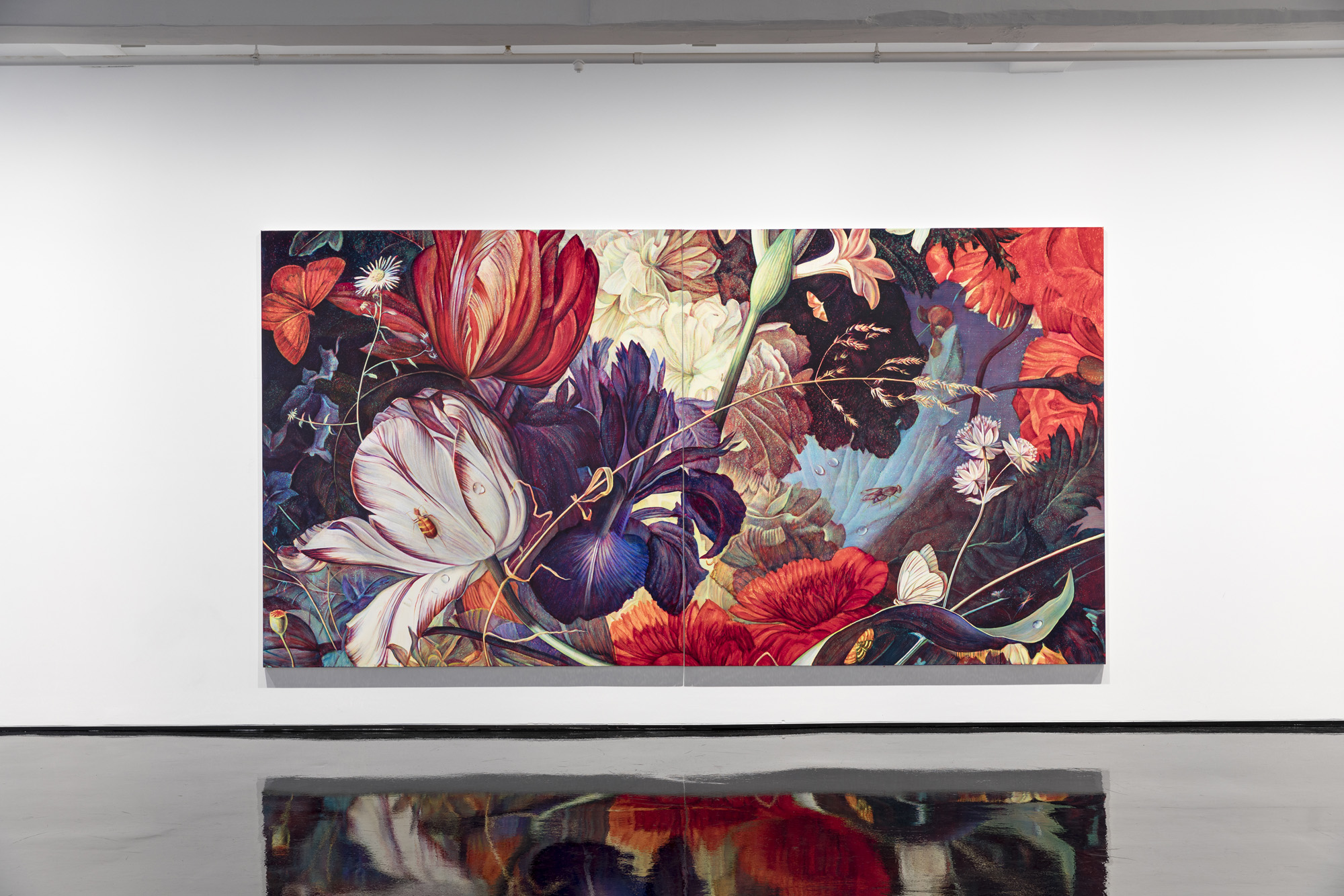
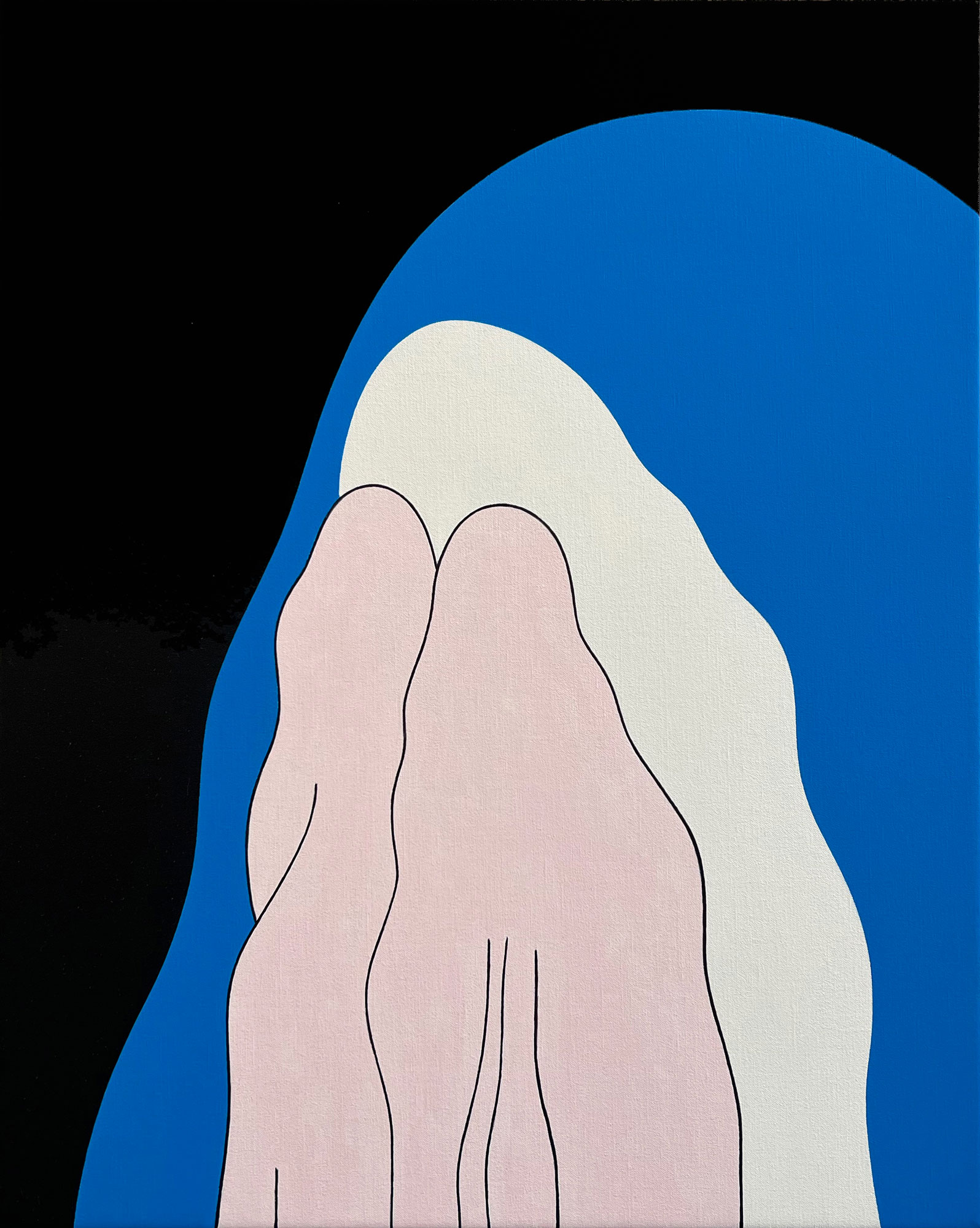
October
This body is experiencing pleasure
GALLERY 1
Following on from her major installation Forest summons (for Lilith), included in Melbourne Now 2023 at NGV Australia, Hannah Gartside has created 11 wall-based, works for her debut solo exhibition at Tolarno Galleries, using secondhand sequinned dresses, skirts and tops collected by her over a number of years.
Meticulously constructed from the material relics of all yesterday’s parties, these surreal and sensuous works are informed by a short story Gartside wrote about a young woman who is transformed into a moth after making herself a cocoon-like cloak.
Gartside’s textile alchemy evokes the absent bodies that slipped on these slinky party clothes and the memories they might have made – the places they went, the people they met, the songs they danced to.
Gartside is drawn to found textiles because they retain the lived experience – “the energy, glamour and enchantment” – of those they once belonged to.
“I use worn clothes as stand-ins for bodies – they are objects that have travelled through time and absorbed it,” says Gartside.
“I believe that along with absorbing the physicality of our bodies … clothes absorb our emotional experiences: yearnings, pains and delights,” she says.
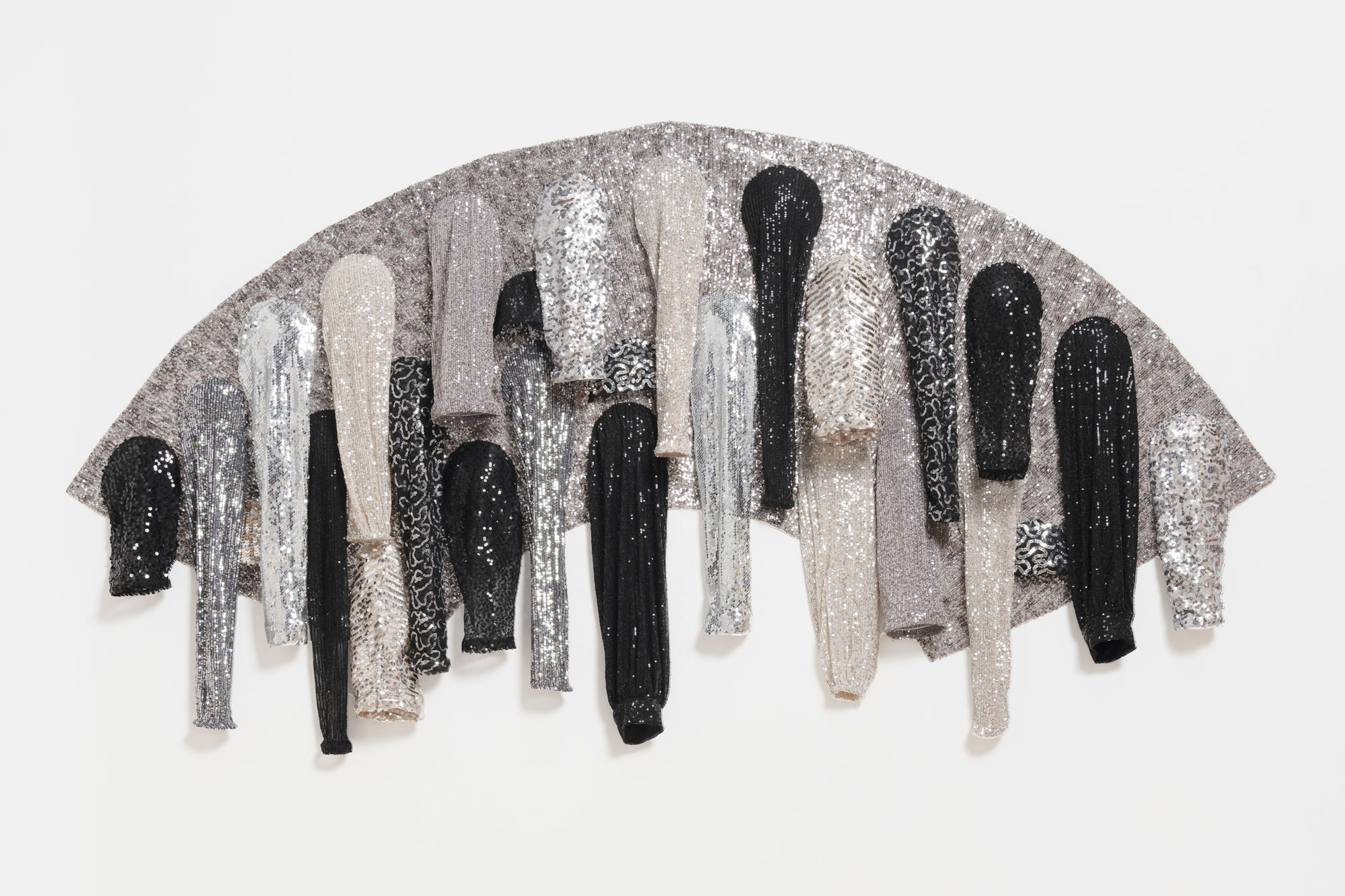
September
Counterculture
GALLERY 2
Counterculture comprises small- and medium-scale works which derive their imagery from subjects of longstanding interest to Johnson, including blues music, Tibetan Buddhism and UFOs.
“The idea of a ‘counterculture’ was something I grew up with,” says Johnson, who was born in Sydney in 1947 and gravitated towards conceptual concerns early on as an artist.
“It was about standing outside the existing system and creating a new culture that was empathetic, peaceful and creative.
“As it turns out, many of the things I make art about are like this – alternative, non-Eurocentric, initially ‘underground’ or obscure but eventually widespread.”
Johnson’s knowledge of, and affection for, early Blues is apparent in a grid depicting 25 legends of the genre, each delicately painted on a 10 x 10cm canvas.
Included are such foundational figures as Leadbelly, Ma Rainey, Blind Lemon Jefferson, Robert Johnson, Memphis Minnie, Lonnie Johnson and Sister Rosetta Tharpe.
While most of the squares are monochrome, colour has crept into several portraits, including those of Janis Joplin and Jimi Hendrix, reflecting advances from black-and-white to colour film in the photographic source imagery Johnson has utilised.
Along with Punk Rock, Blues has been Johnson’s music mainstay for decades and he often listens to it while painting.
“Robert Johnson influenced rock’n’roll and Lonnie Johnson influenced jazz,” he explains. “The blues was appropriated by a white audience as a way of inventing rock’n’roll, especially through Leadbelly. George Harrison once said: ‘No Leadbelly, no rock’n’roll.’”
Just as musicians riff off one another, so do artists, and collaboration has long been a part of Johnson’s practice. Included in the show are paintings co-authored with Daniel Bogunovic, a self-taught artist from Los Angeles with whom Johnson has been collaborating for 15 years.
Yamantaka 2022 depicts a Buddhist protector deity. It was created using the pair’s paint-and-post method, whereby Bogunovic sends Johnson a canvas on which he’s painted a Buddhist figure in the middle and Johnson responds accordingly.
“I’ve been studying and practising Tibetan Buddhism for more than 30 years, and it’s become an interesting contribution to my art,” says Johnson.
“I like the idea of painting as an abstract-expressionist activity but with figurative or recognisable imagery,” he says. “I’m using more colour than usual and brightening everything up. I’m also trying to paint straight from the heart a bit more, without research or planning, but rather finding something inside myself.”
